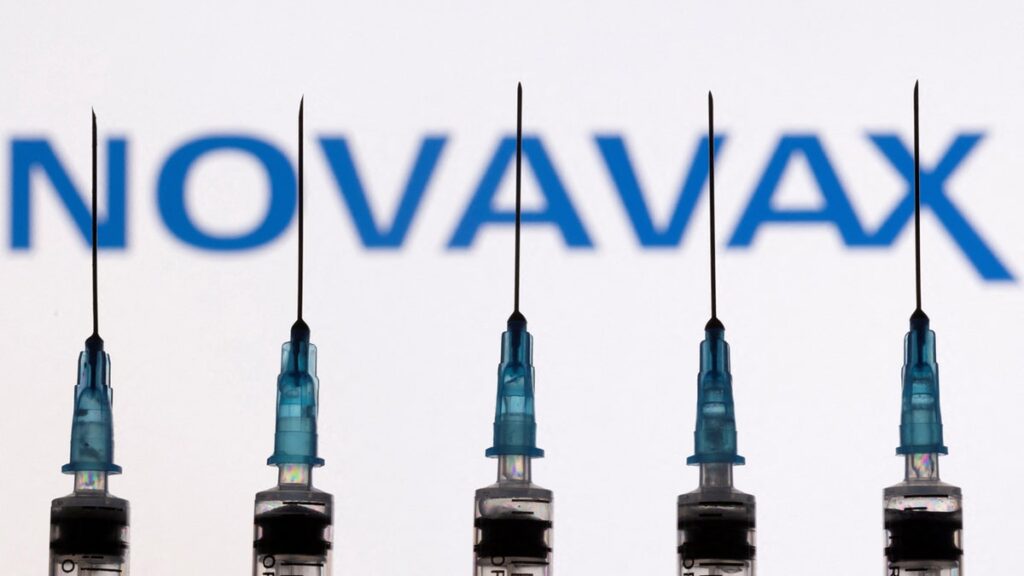The recent approval of Novavax’s COVID-19 vaccine by the U.S. Food and Drug Administration (FDA) marks a significant milestone in the ongoing battle against the pandemic. However, this approval has come with certain restrictions, sparking debates over vaccination strategies and public health implications. In this article, we delve into the details of this approval, the reasons behind the restrictions, and what it means for various populations, especially older adults and those with health conditions.
The Approval Process for Novavax’s Vaccine
The FDA has officially granted full approval for Novavax’s COVID-19 vaccine, making it the first traditional protein-based vaccine to receive this status in the United States. This approval is significant not only because of the vaccine’s novel formulation but also due to the stringent criteria applied to its usage. Under the FDA’s new guidelines, Novavax’s vaccine will be available exclusively to adults aged 65 and older, along with younger adults (12 to 64) who possess at least one underlying health condition that increases their risk of severe COVID-19 implications.
“Market research and U.S. CDC statistics indicate that older individuals and those with underlying conditions are the populations most likely to seek out COVID-19 vaccination seasonally,” said John C. Jacobs, CEO of Novavax.
The vaccine initially sought universal approval for individuals aged 12 and up, akin to the timelines and criteria applied to competitors Pfizer and Moderna. Novavax’s previous authorization allowed for broader distribution which was raised under emergency provisions during the pandemic. The current change reflects shifting priorities and perhaps a more conservative approach to vaccinations aimed at specific high-risk groups.
Understanding the Restrictions: Health and Safety Considerations
The unusual restriction imposed by the FDA is believed to stem from increased skepticism among health officials regarding vaccine efficacy, particularly in younger demographics who are not at the same risk levels as the elderly. Despite evidence from a 30,000-person clinical trial showing safety and effectiveness, the agency’s conditions suggest a cautious stance towards expanding vaccine availability.
Within the framework of public health management, limiting the vaccine to specific age groups was perhaps influenced by a lack of comprehensive data on its performance across different demographics. Health Secretary Robert F. Kennedy Jr., along with others in the Trump administration, has reportedly expressed reservations, complicating broader vaccine deployment.
Implications for Public Health and Vaccination Strategies
This approval, albeit limited, raises crucial questions regarding vaccination strategies in the ongoing management of COVID-19. Not only does it underscore the significant need for targeted vaccine distribution, but it also highlights a broader shift in public health dynamics that could reshape policies.
In upcoming discussions, the Centers for Disease Control and Prevention (CDC) will analyze whether annual COVID-19 vaccine recommendations should be restricted to high-risk populations or expanded to a broader audience. This ongoing debate suggests a potential pivot in public health policy that could either widen or narrow access to vaccines as the virus continues to circulate.
Shifting Public Perception on Vaccination
The restricted FDA approval for Novavax’s vaccine paints a complex picture of public sentiment surrounding COVID-19 vaccination. The results of market research indicate that many elderly individuals and those living with chronic conditions are keen on getting vaccinated. This targeted approach may cater to those seeking assurance through a conventional vaccine while also addressing fears surrounding emerging technologies.
The vaccine’s performance during seasonal surges and its underlying efficacy in protecting the most vulnerable populations remains pivotal. As health officials navigate these complexities, understanding the attitudes of various demographic groups towards vaccination will be essential for effective outreach and education.
Market Reactions and Future Prospects for Novavax
The stock market has reacted positively to the FDA’s approval of Novavax’s vaccine, with shares surging by around 15%. This optimism is largely driven by relief among investors who were anxious over potential roadblocks imposed by health officials. The anticipated approval revives hopes for Novavax as a viable player in the vaccine market, despite the restrictions on its use.
Analysts speculate that this approval could pave the way for increased research and development investments into traditional vaccine technologies, which have seen a resurgence in public demand amid apprehensions over newer mRNA platforms. Consumer confidence depends greatly on continuous public health guidance and research findings moving forward.
The Broader Context of Vaccine Approval in Today’s Health Landscape
While Novavax’s recent approval opens doors for strategies that focus on vulnerable populations, it also fuels broader discussions about the future of vaccinations beyond COVID-19. Establishing safety networks and ongoing monitoring of vaccine effects are instrumental in ensuring public trust in upcoming immunization campaigns.
As health agencies prepare for potential future surges of COVID-19 and other infectious diseases, the importance of robust vaccination programs remains paramount. Lessons learned from Novavax’s experience may translate to future trials, creating a template for addressing similar global health challenges.
Balancing Safety with Accessibility
The FDA’s approval of Novavax’s COVID-19 vaccine, laced with restrictions, underscores the balancing act that public health officials must maintain between ensuring safety and providing accessibility. This development is crucial for protecting older adults and those with comorbidities while navigating the complex landscape of vaccine efficacy and public sentiment.
Looking Ahead: Recommendations and Opportunities
In summation, as the health community gears up for a new chapter in COVID-19 vaccination strategies, there is an urgent need to maintain open channels of communication. Health agencies should work closely with healthcare providers and community organizations to ensure that older adults and at-risk individuals are informed and supported in making vaccination decisions.
Progressing from here necessitates a commitment to addressing vaccine hesitancy through focused education and outreach efforts. Only by easing concerns and increasing accessibility can we effectively guard public health against the continuing threats of COVID-19.

